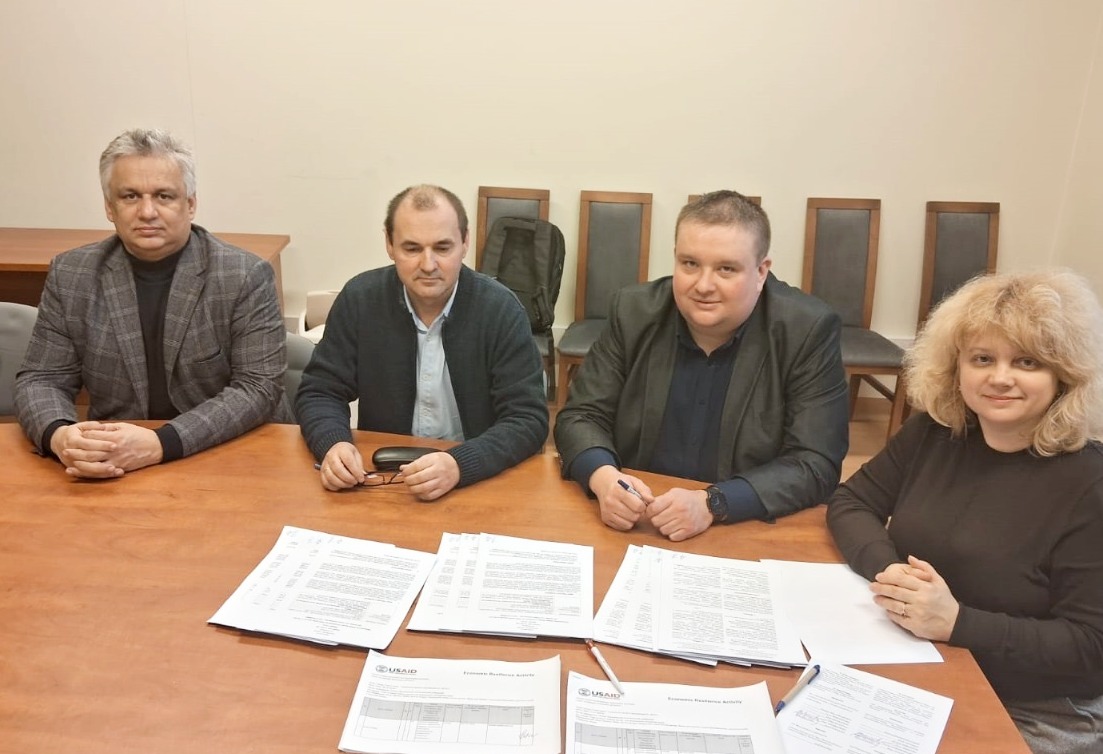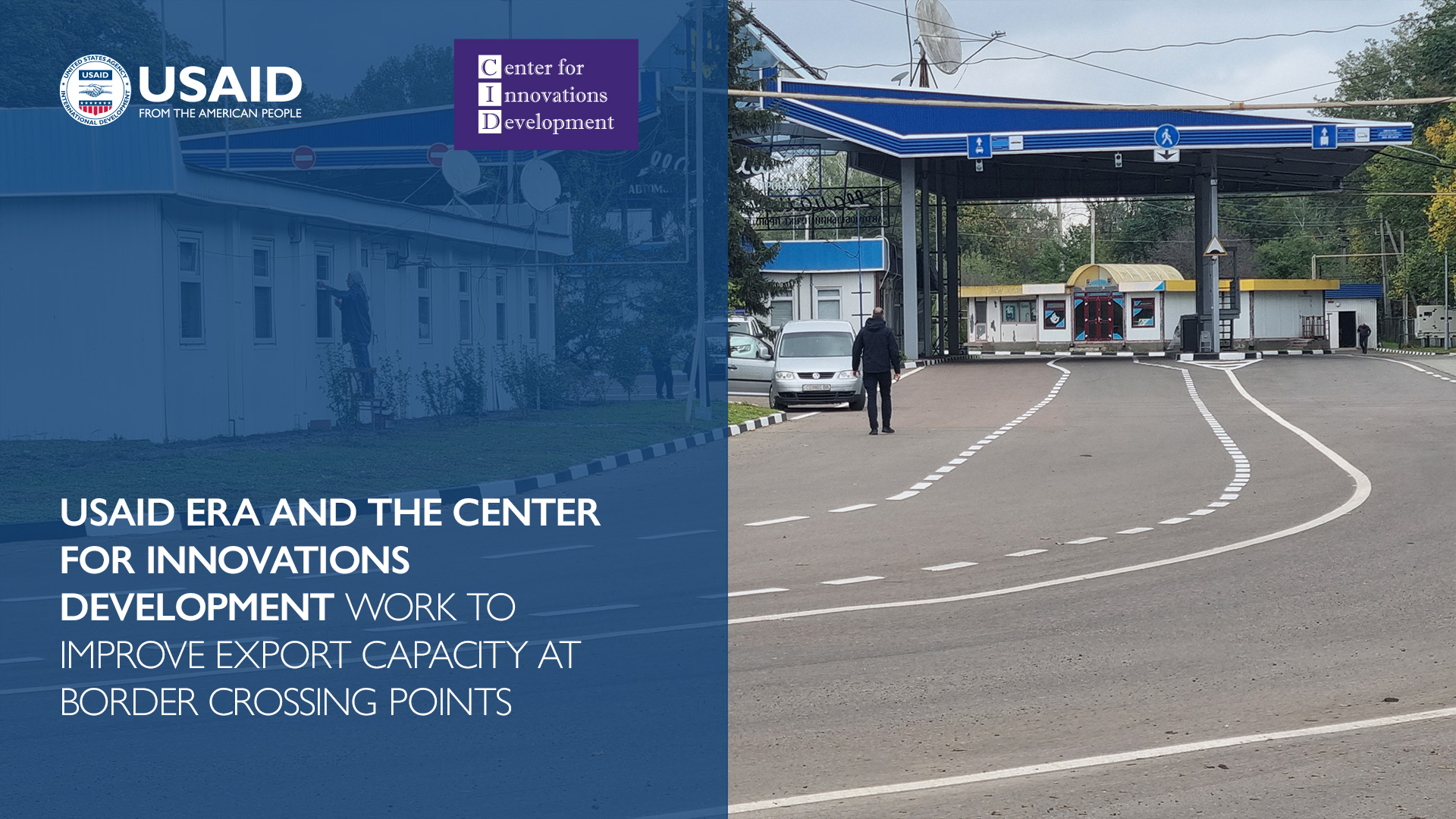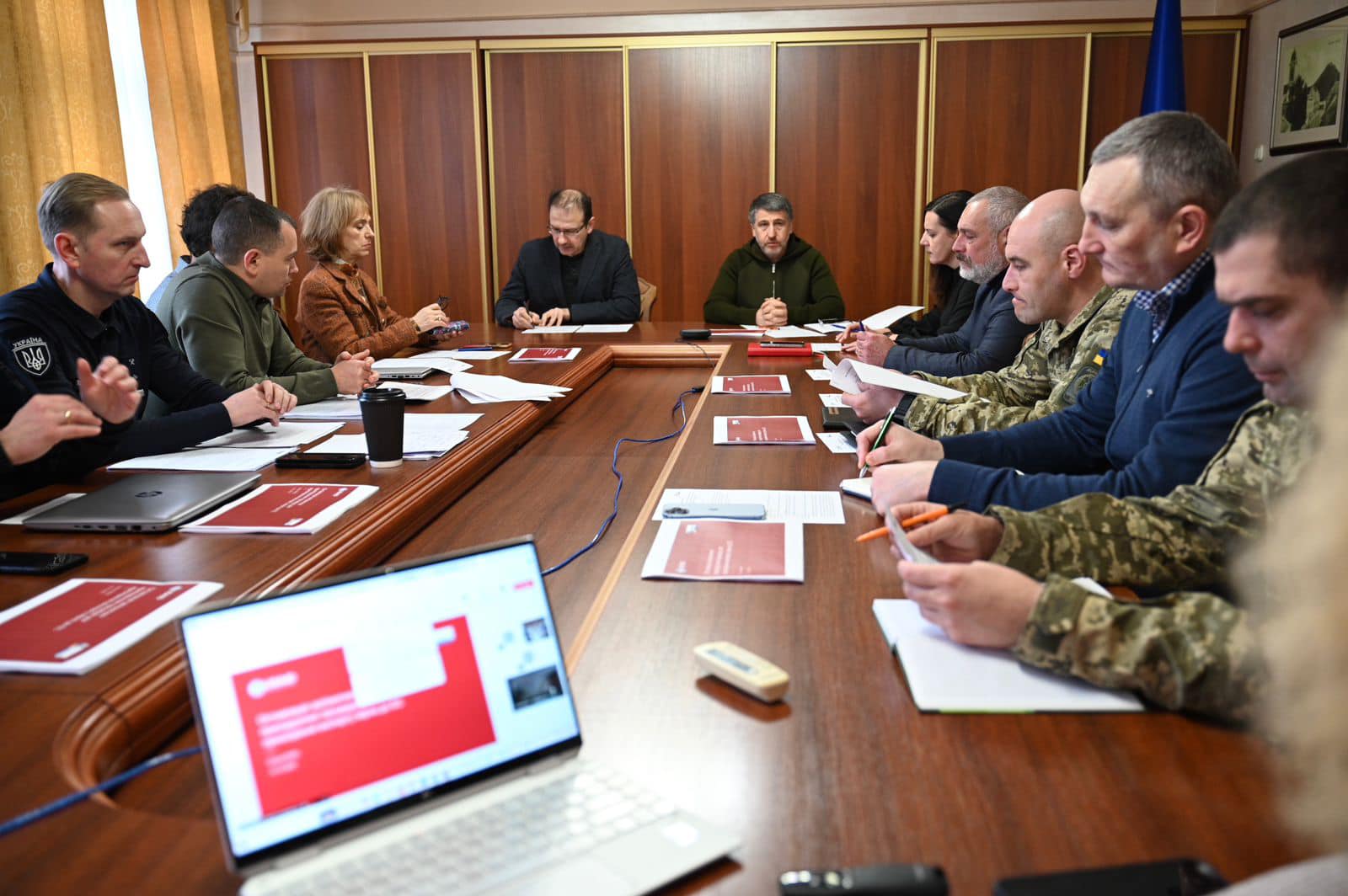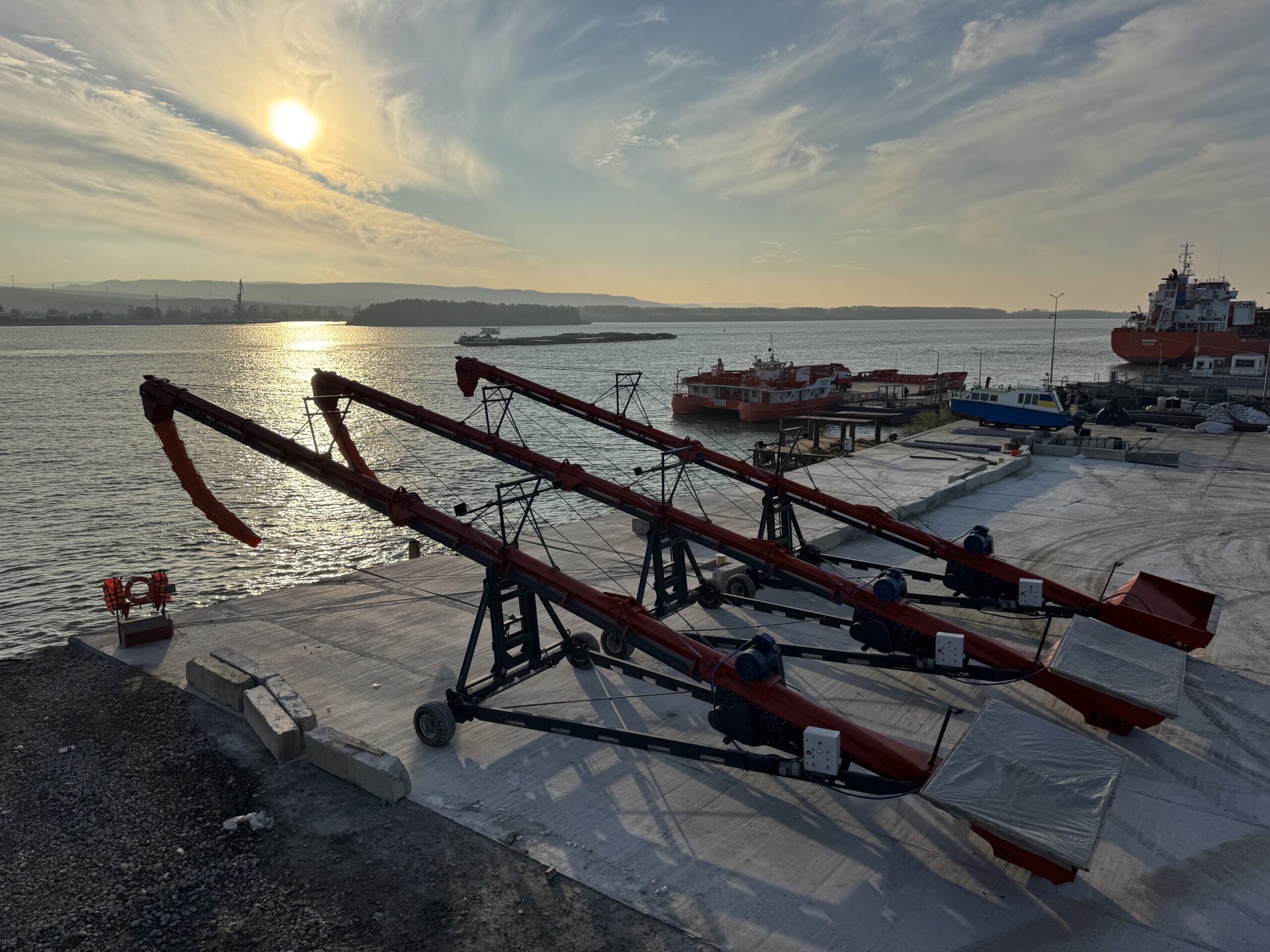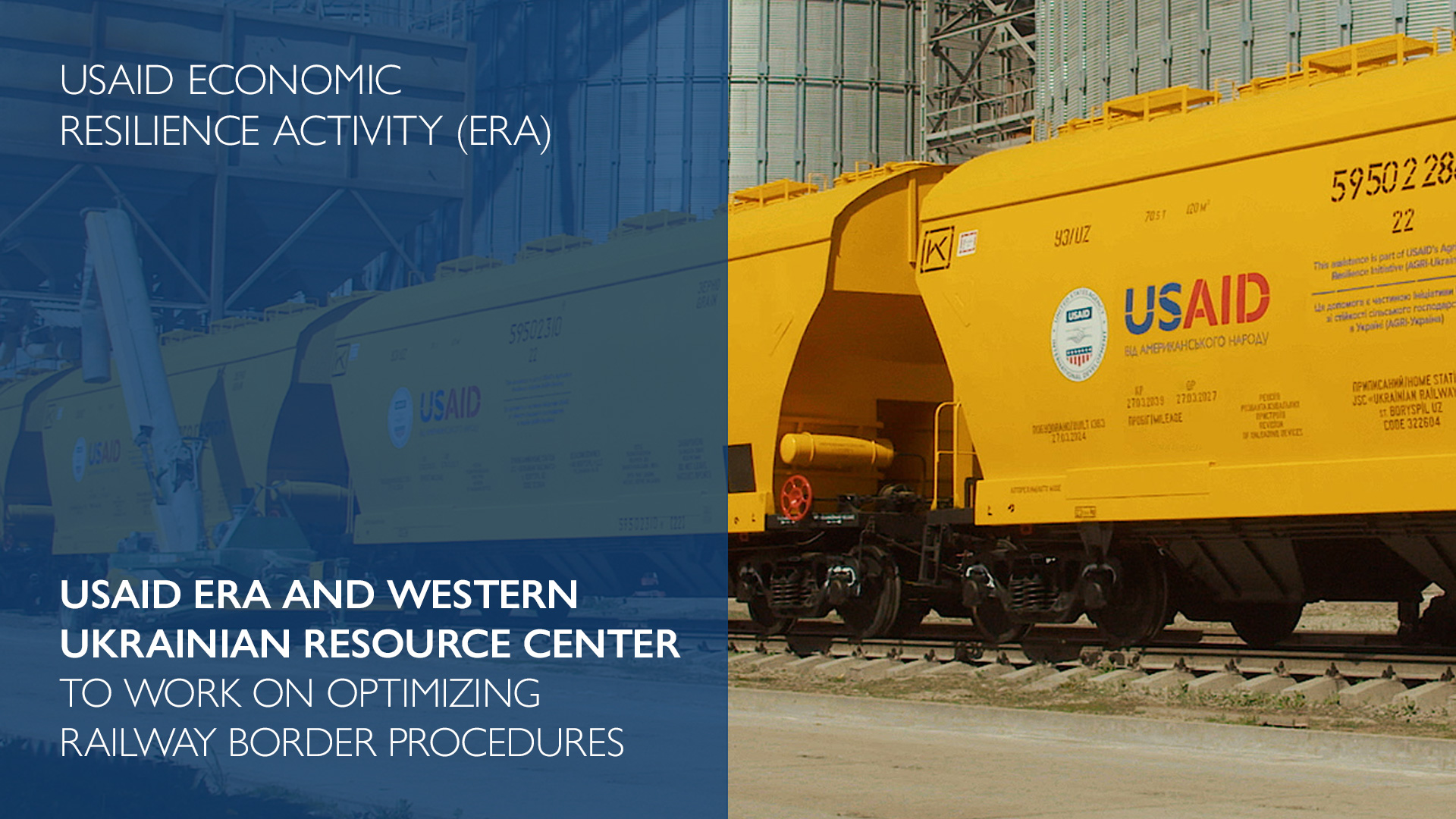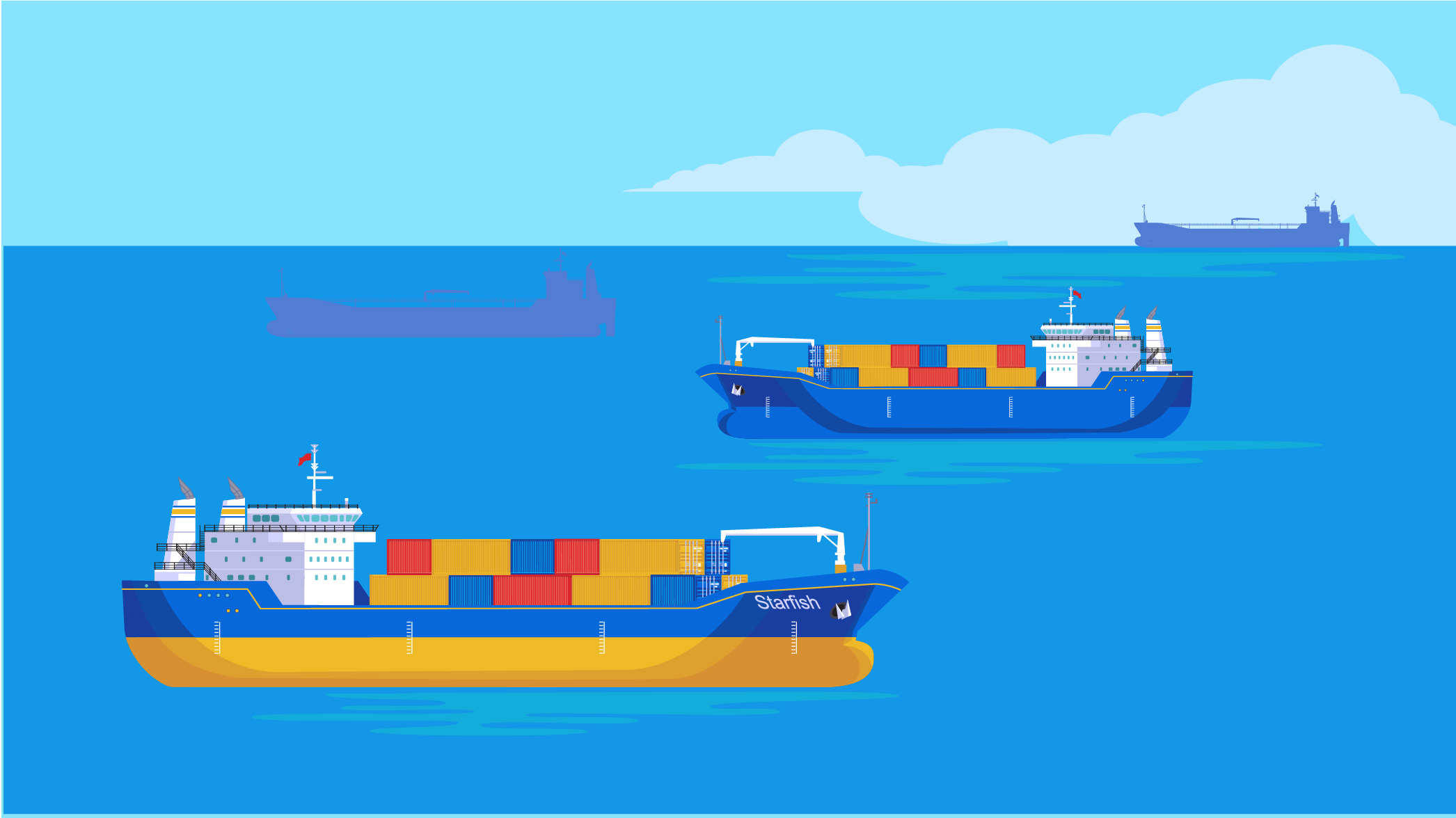On May 24, the USAID Economic Resilience Activity (USAID ERA) held the second information session for potential applicants under the Annual Program Statement “Building the Future of Ukrainian Logistics and Export”, attended by more than 120 participants.
Last year, USAID ERA joined the USAID AGRI-Ukraine Initiative to strengthen grain exports and improve global food security. As part of the initiative, USAID ERA supports agricultural companies, state authorities, phytosanitary laboratories, and it recently announced the Annual Program Request, a grant competition. The goal is to strengthen the logistics and export potential of the Ukrainian agricultural sector.
Kirsten Pfeiffer, USAID ERA`s Deputy Chief of Party, spoke about the grant competition, happening March-August 31, including the goals and requirements.
“Within the framework of this grant competition, we highlight two goals of applications that we are ready to support. The first goal is to improve knowledge and involve international experience in grain transportation, improve these processes by Ukrainian companies, strengthen market ties with companies in Europe, and improve marketing. Co-financing of logistics equipment for the agricultural sector, for which there is a great demand – USAID ERA helps with the purchase of the necessary equipment. We are looking for manufacturers of such equipment in Ukraine to help them enter world markets. We are also ready to purchase such equipment for agribusiness, but only if it is ready to show high indicators of grain export in metric tons. We also support training of personnel or upgrading of skills of private and public companies in the field of logistics and agriculture. We are ready to develop and implement programs for training and involving women in various processes, taking into account the new law on mobilization and the shortage of male labor in the labor market. Our next goal is the strategic development of border crossing points (BCPs), improvement or acceleration of processes at them, for this we are modernizing 42 BCPs, 9 of them are priority. Cooperation with Moldova and the EU is strategically important,” said Kirsten Pfeiffer.
USAID ERA`s Grants Director, Valeriya Sorokina, notes the most important criteria by which USAID ERA evaluates applications is the potential of the applicant, and their compliance with the goals of the competition.
Other factors include things like experience which is vital; no grant experience is necessary but rather USAID ERA is looking for experience in a certain field. Stability is key, despite the fact that Ukraine is going through difficult times. USAID ERA will assess the financial stability of the applicant and the anticipated contribution that the proposed activity can bring to the market as a whole. The last thing to keep in mind is inclusion, by which USAID ERA means employing and empowering women, young people, and people with disabilities. Overall, the aim is to develop the labor market, which will be beneficial to all market players and will contribute to economic growth.
Other things to keep in mind:
- Applications are submitted in Ukrainian or English and applicants will be notified of an outcome by mail.
- The grant does not cover construction and building materials.
- The application can be up to 500,000 USD.
- The deadline for submitting applications is August 31, 2024, no exceptions.
- The grant duration is up to one year.
- A company or organization can submit multiple applications.
- The grantee must include co-investment contributions in monetary and non-monetary form (this can also be money from partners, customers, but not from sources funded by the US government).
- USAID ERA will work with selected applicants and provide detailed consultations to finalize the application.
During USAID ERA’s last informational session, participants asked questions such as whether the educational platforms can apply, how to get a grant for a grain transporter in Ukraine, whether it is possible to use the grant to increase the number of jobs and pay wages to new employees, if a renovated premises can count as a company’s co-investment contribution, can a company apply for wagons if its own contribution is up to 15%, is it necessary to indicate value added tax (VAT) in the application budget, or finally, can an organization from the USA apply. USAID ERA will prepare and send answers to all questions not addressed during the session.
Applications for the competition should be sent to Grants_ERA@dai.com
Further details of the grant competition are here.
